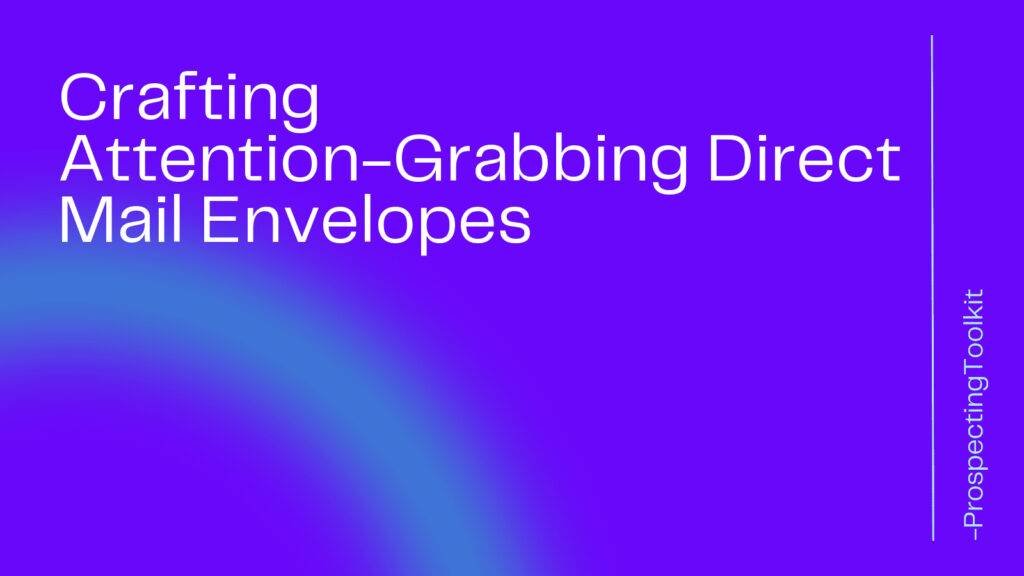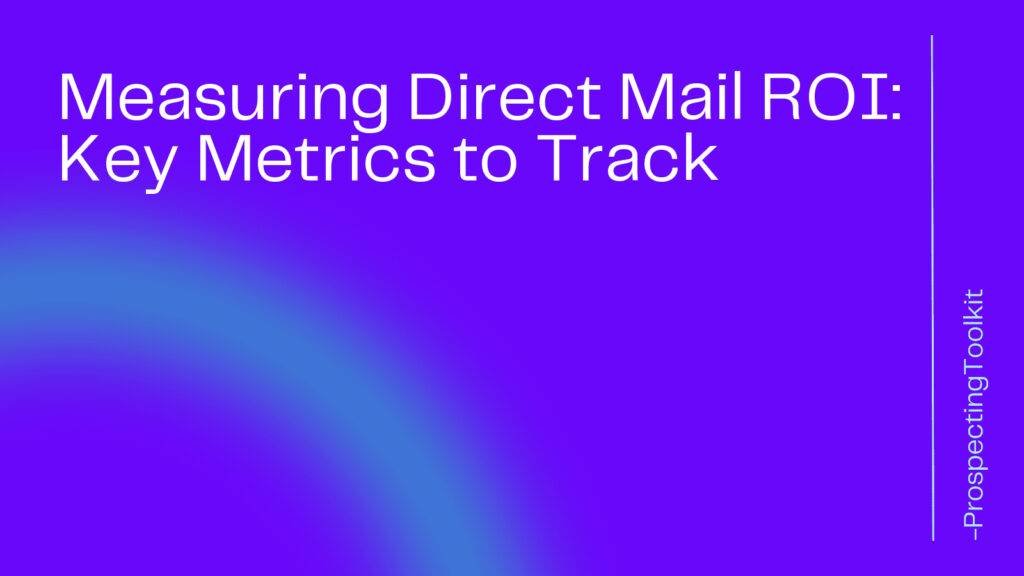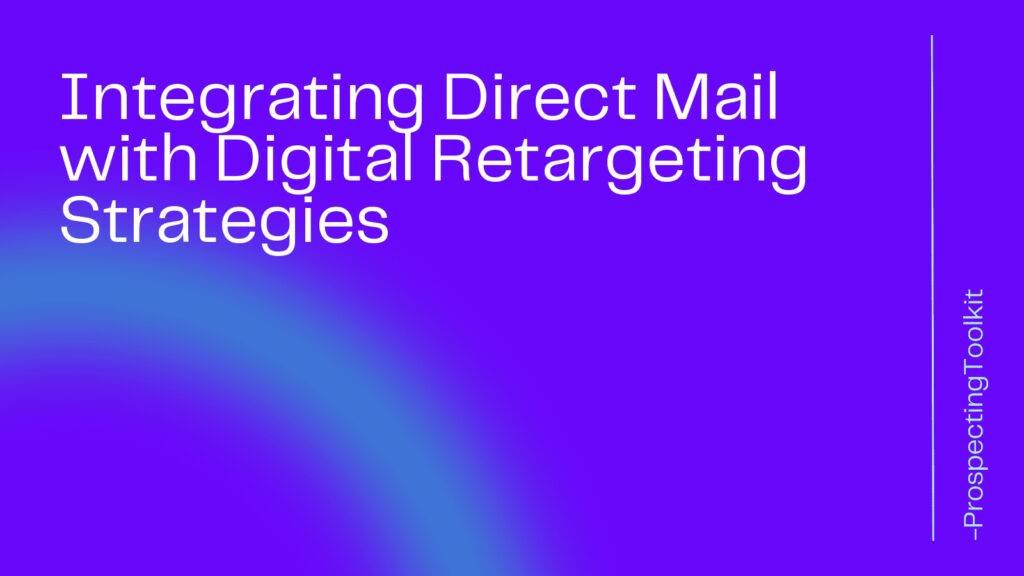In the world of B2B sales, success often hinges on the ability to navigate complex sales cycles.
Unlike in business-to-consumer (B2C) sales, where the buying process is typically shorter and more straightforward, B2B sales cycles can be lengthy and intricate.
This is due to the nature of B2B transactions, which involve multiple decision-makers, intricate procurement processes, and a higher level of risk and investment. To thrive in the B2B sales landscape and achieve long-term success, it is crucial for businesses to understand the nuances of navigating these complex sales cycles.
In this article, we will explore key strategies and tips that can help businesses effectively navigate B2B sales cycles, optimize their sales processes, and ultimately drive long-term success.
Table of Contents
ToggleUnderstanding the B2B Sales Cycle
Before diving into the tips and strategies for navigating complex B2B sales cycles, it is essential to have a clear understanding of what a typical B2B sales cycle looks like.
While the specific length and stages may vary depending on the industry and the complexity of the product or service being sold, the following are the general stages that businesses encounter in a B2B sales cycle:
- Prospecting and Lead Generation: This stage involves identifying potential customers and generating leads through various channels such as cold calling, networking, and digital marketing.
- Qualification and Needs Analysis: Once leads are generated, businesses need to qualify them by assessing their fit and potential as customers. This stage also involves conducting a needs analysis to understand the specific pain points and requirements of the potential customer.
- Presentation and Proposal: In this stage, businesses present their product or service to the potential customer, highlighting its features, benefits, and value proposition. A detailed proposal is also provided, outlining the pricing, terms, and conditions.
- Negotiation and Objection Handling: During this stage, businesses engage in negotiations with the customer, addressing any objections or concerns they may have. This requires effective communication and the ability to overcome objections while maintaining a mutually beneficial outcome.
- Closing the Deal: Once all negotiations are complete, the final stage involves closing the deal and securing the customer’s commitment to the purchase. This may involve signing contracts, finalizing payment terms, and addressing any remaining concerns.
- Post-Sale Relationship Building: After the deal is closed, businesses focus on building a strong relationship with the customer, providing ongoing support, and nurturing the customer for potential future sales or referrals.
Now that we have a clear understanding of the B2B sales cycle, let’s explore some tips and strategies for navigating it successfully.
Tips for Navigating Complex B2B Sales Cycles
1. Conduct Thorough Research and Preparation
Before engaging with potential customers, it is crucial to conduct thorough research and preparation. This includes understanding the customer’s industry, their pain points, and their specific needs.
By having a deep understanding of the customer’s business and challenges, businesses can tailor their sales approach and offer solutions that resonate with the customer’s needs.
2. Build Relationships and Establish Trust
B2B sales cycles often involve multiple decision-makers and stakeholders. Building strong relationships with these individuals and establishing trust is essential for success.
This can be achieved through effective communication, active listening, and demonstrating expertise in the industry. By establishing trust, businesses increase their chances of securing the deal and fostering long-term partnerships.
3. Customize Your Approach
Every customer is unique, and their needs may vary. It is crucial to customize the sales approach and tailor the value proposition to align with the customer’s specific requirements.
This includes highlighting how the product or service addresses their pain points and delivers tangible benefits.
A one-size-fits-all approach is unlikely to resonate with potential customers in complex B2B sales cycles.
4. Leverage Technology and Data
In today’s digital age, leveraging technology and data can significantly enhance the effectiveness of B2B sales cycles.
Utilize customer relationship management (CRM) systems to track interactions, gather valuable insights, and streamline the sales process. Analyze data to identify patterns, preferences, and opportunities for upselling or cross-selling.
By harnessing technology and data, businesses can optimize their sales strategies and improve overall efficiency.
5. Provide Ongoing Support and Value
The relationship with the customer does not end once the deal is closed. Providing ongoing support and delivering value throughout the customer’s journey is crucial for long-term success.
This includes offering exceptional customer service, addressing any issues promptly, and proactively seeking opportunities to add value.
By nurturing the customer relationship, businesses increase the likelihood of repeat sales, referrals, and positive word-of-mouth.
Frequently Asked Questions (FAQ)
How long does a typical B2B sales cycle last?
The duration of a B2B sales cycle can vary depending on various factors such as the complexity of the product or service, the industry, and the decision-making process of the customer. On average, B2B sales cycles can range from a few weeks to several months or even longer.
How can businesses effectively generate leads in B2B sales?
Generating leads in B2B sales requires a strategic approach. Businesses can utilize various methods such as targeted digital marketing campaigns, attending industry events and conferences, networking, and leveraging professional networks. It is essential to have a well-defined target audience and tailor lead generation efforts to reach potential customers effectively.
How can businesses overcome objections during the negotiation stage?
Overcoming objections during the negotiation stage requires active listening, empathy, and effective communication. Businesses should address objections directly, provide relevant information or evidence to alleviate concerns, and focus on the value and benefits of their product or service. Building trust and demonstrating a willingness to work collaboratively with the customer can also help overcome objections.
What role does data analytics play in optimizing B2B sales cycles?
Data analytics plays a crucial role in optimizing B2B sales cycles. By analyzing data, businesses can gain insights into customer behavior, preferences, and patterns. This information can be used to refine sales strategies, identify upselling or cross-selling opportunities, and personalize the sales approach. Data analytics also helps businesses track the effectiveness of their sales efforts and make data-driven decisions.
How important is post-sale relationship building in B2B sales?
Post-sale relationship building is vital in B2B sales as it contributes to long-term success. By providing ongoing support, exceptional customer service, and delivering value beyond the initial sale, businesses can foster strong relationships with customers. This increases the likelihood of repeat sales, referrals, and positive word-of-mouth, ultimately driving long-term success.
Conclusion
Successfully navigating complex B2B sales cycles is crucial for long-term success in the business world.
By understanding the stages of the sales cycle, conducting thorough research, building relationships, customizing the approach, leveraging technology and data, and providing ongoing support, businesses can optimize their sales processes and drive success in the B2B landscape. Remember, each customer is unique, and tailoring the sales approach to their specific needs is key.
Embrace the challenges and complexities of B2B sales cycles, and with the right strategies and mindset, you can achieve long-term success.







